Joint Classification Terms Used to Describe the Tmj
Over the years functional disturbances of the masticatory system around TMJ have been identified by different terms. Fourteen healthy volunteers and 13 female surgical.
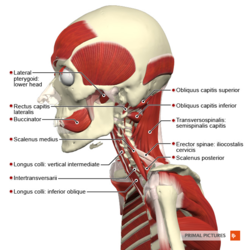
Temporomandibular Disorder Tmd Osteopath In Hatfield
The morbidity of temporomandibular disorders is 27 to 76 among patients who seek dental care.
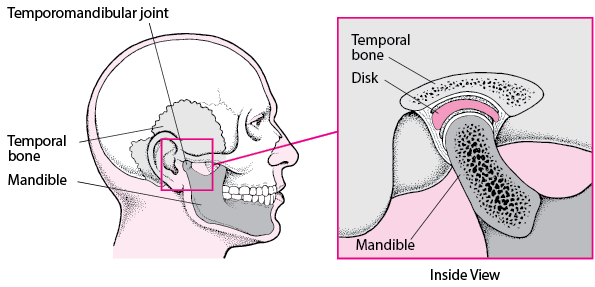
. Normal movement of the mandible depends on proper function of the TMJ. Which of the following terms is used to describe a freely movable joint. The most anterior portion of the mandibular ramus is the.
Using a category scale from 1 to 5 with category 1 being normal and category 5 referring to catastrophic changes to the joint the new classification will provide the basis for enhanced quantitative and. The purpose of the present report is to describe the protocol currently used at the Massachusetts General Hospital for the management of TMJ ankylosis in children. The temporomandibular joint TMJ is an atypical synovial joint located between the condylar process of the mandible and the mandibular fossa and articular eminence of the temporal bone.
The prevalence of chronic TMJ pain ranges from 5 to 31 and the incidence of first-time pain is 4 per year 1 2. According to the lay person the TMJ Temporomandibular Joint is a term that is often used to identify a multifaceted multi-etiologic group of problems that involve both medical as well as dental conditions involving the temporomandibular joint muscles of mastication the teethocclusion as well as the central nervous system nerves. These are found at the articulation.
Orofacial pain joint noises and restricted jaw opening during jaw movements such as speaking or chewing. The temporomandibular joint TMJ plays a crucial role in mastication jaw mobility verbal and emotional expression. The temporomandibular joint is bilateral one on either side synovial filled with fluid from a synovial membrane with an articulating disc.
Match each structural classification of joint to the best description of its functional. Reproduced with permission from Chapter 21. Joints connected by fibrocartilage or hyaline cartilage.
The femur rotates on the tibia. TMDs which fall under the category of musculoskeletal disorders is a collective term used to describe a number of related conditions affecting the temporomandibular joint TMJ andor masticatory muscles all of which have three common symptoms. Articular eminence surface shapecomposition.
Group 2 joint disor-ders related to temporomandibular disc derangements disc displacement with reduction DDWR disc displacement without reduction DDWOR. Only movable joint in the skull is the. They allow more movement than fibrous joints but less than synovial joints.
This makes the TMJ the most active joint in the body and susceptible to injury. The majority of the roof of the orbit is formed by the. The aim of this article is to introduce a new classification that divides TMJ disorders into 5 categories of escalating degrees of joint disease that can be applied to TMJ surgery.
Joint classification terms used to describe the TMJ include. The etiology of TMJ disorder is often multifactorial and may be due to stress jaw malocclusion habitual activities including bruxism postural dysfunction inflammatory. Roughened lateral end of articular eminence TMJ ligament attaches here.
Externally the preauricular area lies directly over the joint. The acanthion is part of the. What is a ginglymoarthrodial joint.
26-1 is a synovial compound modified ovoid bicondylar joint which is formed between the articular eminence of the temporal bone the intra-articular disk and the head of the mandible. 1 Temporomandibular disorder TMD is the term used to describe pathology associated with. Temporal articular tubercle description and attachment articular disc.
Basic pathologies of the TMJ involve inflammation and degeneration in arthritic disorders irrespective of the presence or position of the disc and structural aberrations in. The TMJ Fig. Between these articular surfaces is the articular disc or meniscus which is a biconcave transversely oval disc composed of.
-Medial and lateral poles of condyle of mandible. It is also called a ginglymoarthrodial joint. There is now a significant number of classifications of TMD however clinically convenient morphologically and pathogenetically substantiated classification of temporomandibular joints TMJ conditions has not yet been developed.
Each TMJ is classed as a ginglymoarthrodial joint since it is both a ginglymus hinging joint and an arthrodial sliding joint and involves the condylar process of the mandible below and the articular fossa or glenoid fossa of the temporal bone above. It is divided into a superior discotemporal space and inferior discomandibular space by the TMJ disc or meniscus. Joints of very limited mobility.
Temporomandibular joint TMJ ankylosis in children is a challenging problem. FIGURE 26-1 The temporomandibular joint. Temporomandibular joint TMJ disorder which is a term used to describe a variety of clinical disorders resulting in jaw pain or dysfunction.
Facial bones contributing to the formation of the. And group 3 joint disorders related to TMJ arthralgia arthritis and arthrosis TABLE. Surgical correction is technically difficult and the incidence of recurrence after treatment is high.
Articular disc of the TMJ shape. Match each type of cartilage to a description of its structurefunction. Temporomandibular disorder TMD is a term used to describe several pathologies that involve.
TMJ Elbow Costovertebral Frontal suture infant. Group 1 masticatory muscle disorders. The temporomandibular joint TMJ opens and closes approximately 2000 times per day as it accommodates a full day worth of chewing talking swallowing yawning and snoring.
Despite the increase in knowledge of pathologic changes occurring within the temporomandibular joint TMJ the disc still seems to be a central issue in nomenclature and classifications of TMJ disorders. Fixed or immobile joints that are connected by dense tough connective tissue that is rich in collagen fibers. Superior and inferior surfaces are concave.
The temporomandibular joint TMJ is the articulation of the mandibular condyle with the glenoid fossa of the temporal bone. Temporomandibular joint disorders TMDs is the most frequent and latest term used to describe this group of symptoms around the TMJ 1 2. The primary purpose of this study is to quantify the kinematics of the temporomandibular joint TMJ in patients following unilateral TMJ arthrotomy with metal fossa-eminence partial joint replacement and compare them with TMJ kinematics of healthy individuals.

Are Tmj And Tmd The Same We Answer All Your Questions

The Tmj Temporomandibular Joint Tmj Middle Ear
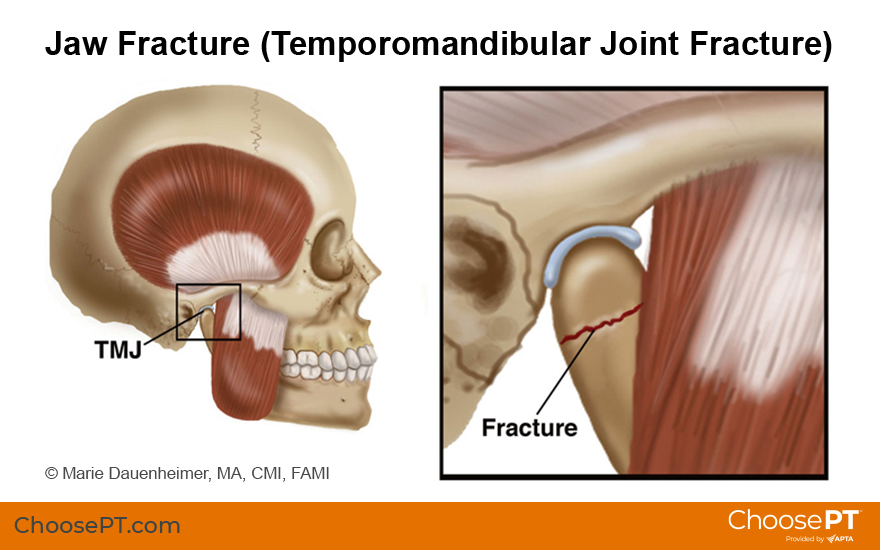
Guide Physical Therapy Guide To Jaw Fracture Temporomandibular Joint Fracture Choose Pt

Temporomandibular Joint Tmj Anatomy 3d Anatomy Tutorial Youtube

The Temporomandibular Joint Structure Function Teachmeanatomy

Knee Orthopedics As A Template For The Temporomandibular Joint Sciencedirect
Tmj Disorders Beacon Health System
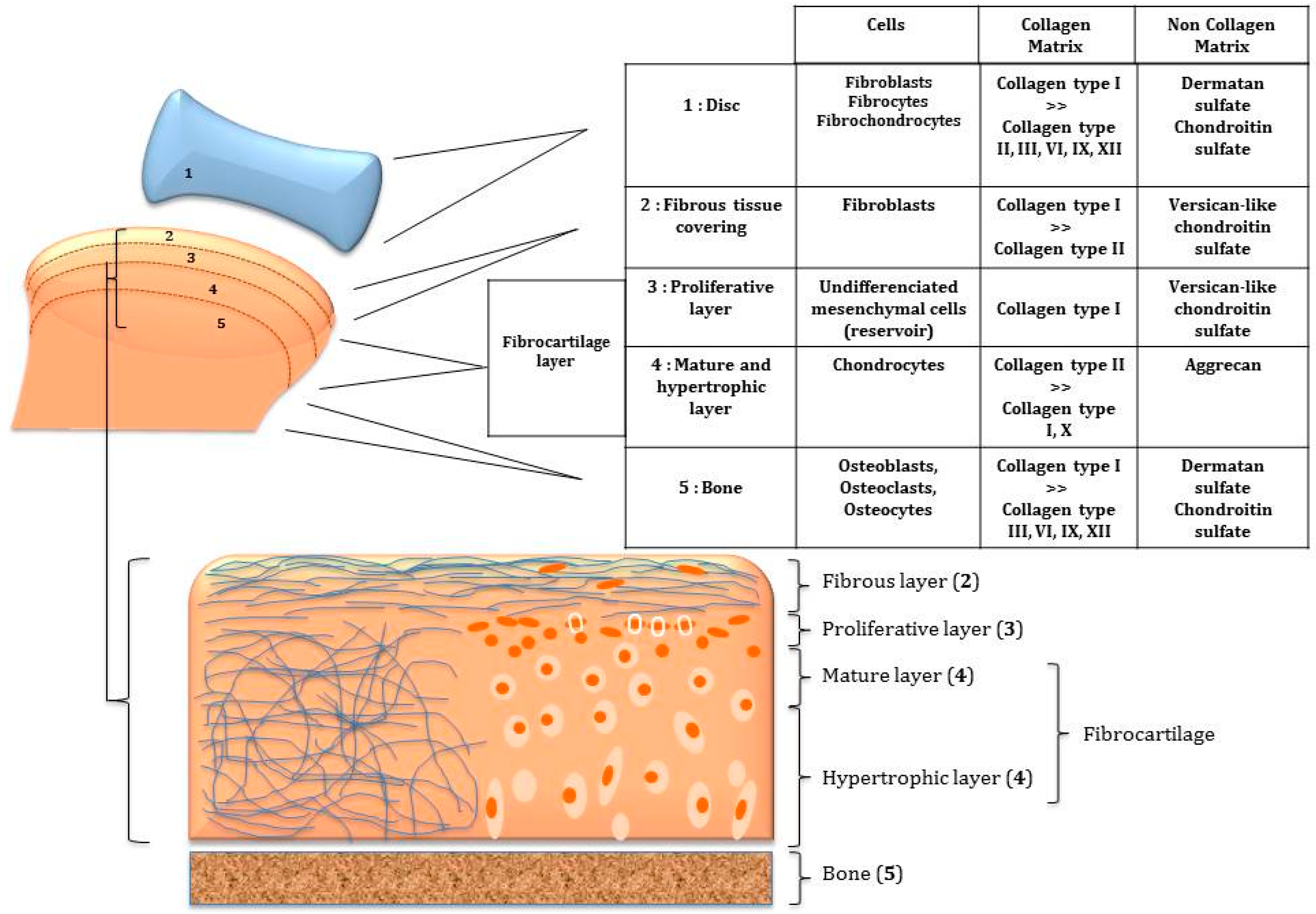
Ijms Free Full Text Temporomandibular Joint Regenerative Medicine Html
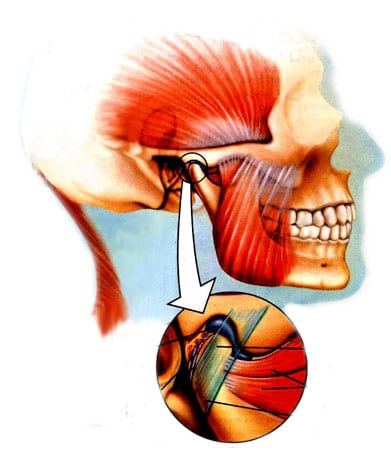
Tmj Tmd Overview Dr Brock Rondeau Associates

Tmj Temporomandibular Joint Disorders Symptoms And More

Total Temporomandibular Joint Tmj Replacement Larry M Wolford Dmd

Temporomandibular Disorders Mouth And Dental Disorders Merck Manuals Consumer Version
Tmj Disorders Beacon Health System
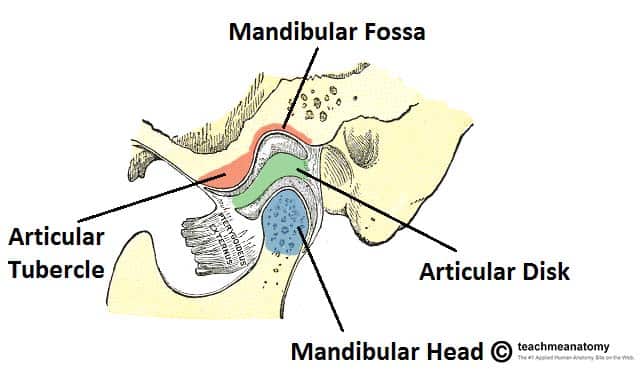
The Temporomandibular Joint Structure Function Teachmeanatomy
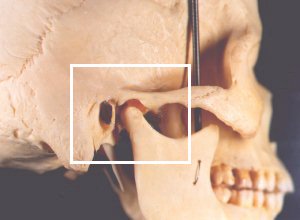
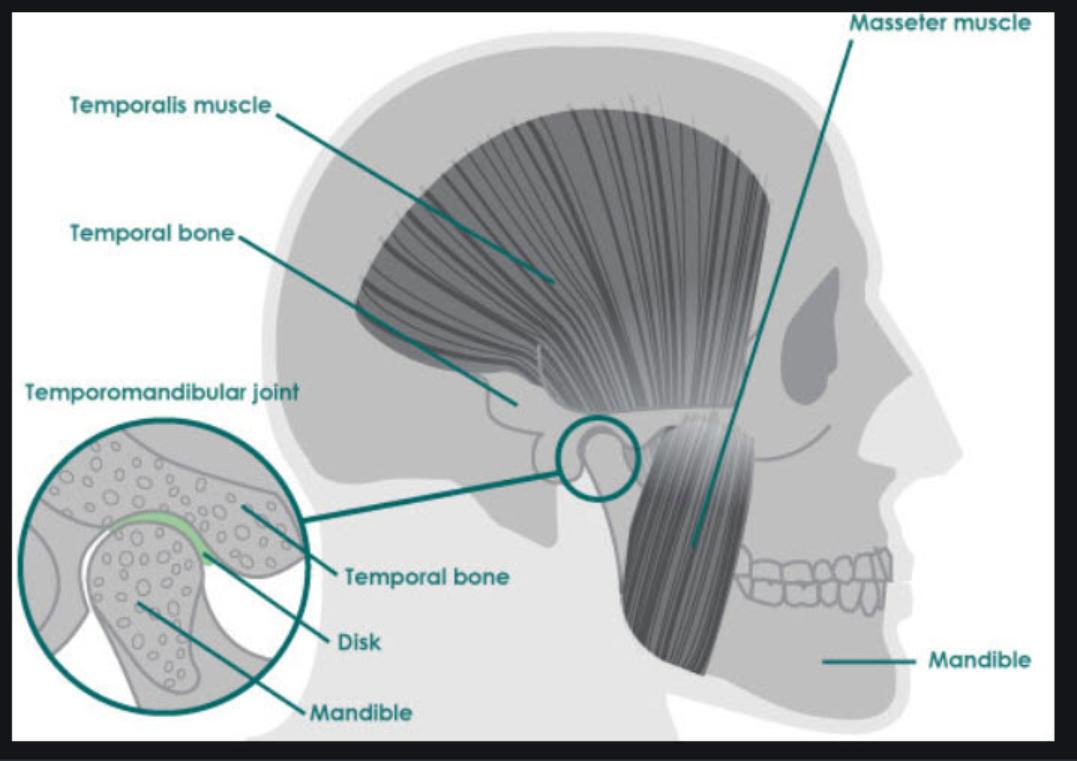
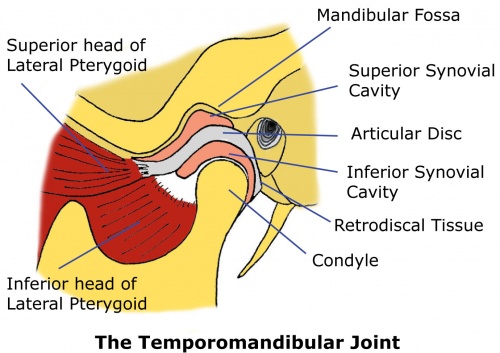


Comments
Post a Comment